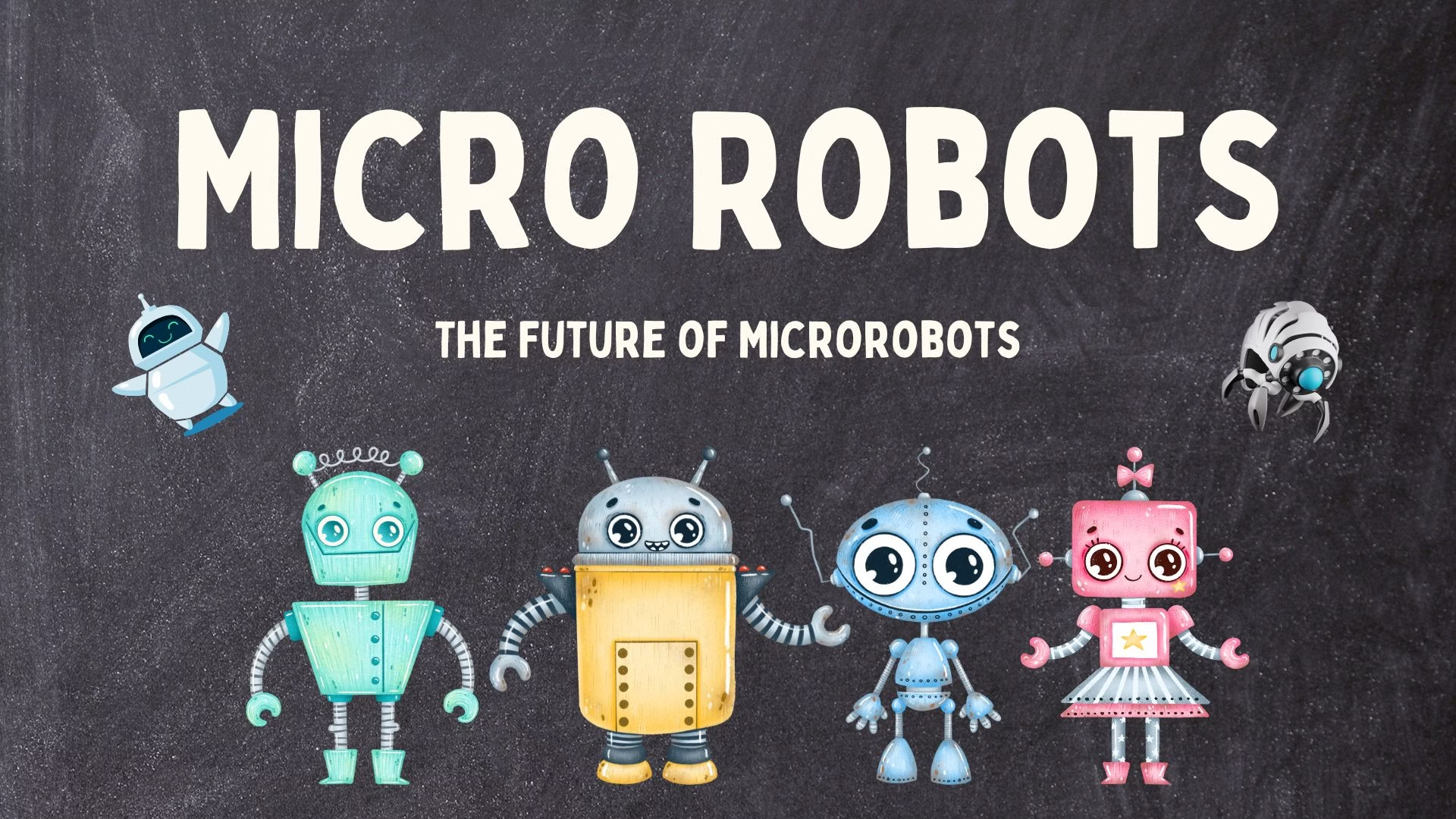Technology has consistently pushed boundaries, but the world of micro-robotics is taking innovation to an entirely new level. Imagine robots as small as an insect or even tinier, capable of performing tasks that were once(Micro Robots) the domain of science fiction. Researchers and engineers are making significant strides in this field, blending physics, biology, and engineering to create micro-machines with incredible capabilities. From combustion-powered bots to self-healing artificial muscles, let’s explore some of the most astonishing advancements in tiny robots.
Combustion-Powered Micro-Robots
One of the most groundbreaking innovations in the realm of micro-robotics is the development of robots powered by tiny combustion engines. Unlike traditional electric motors, these miniature robots utilize small-scale explosions to generate thrust and motion. This approach is inspired by nature, where certain organisms use rapid energy release for movement.
For example, researchers have created swimming micro-bots that use bursts of methane combustion to propel themselves forward. These robots could one day be used for underwater exploration, targeted drug delivery, or environmental monitoring in hard-to-reach places.
Explosive Water-Jumping Robots
Imagine a robot that can leap out of water with the power of an explosion. Scientists have designed tiny bots that use gas combustion to launch themselves from underwater environments. These robots, equipped with specialized propulsion mechanisms, can transition seamlessly from swimming to aerial movement.
Potential applications include oceanic exploration, where such robots can gather data from beneath the waves and then leap to the surface to transmit findings. They could also be deployed for rescue missions or reconnaissance in hazardous conditions where traditional robots would struggle to operate.
Insect-Inspired Flying Robots
Nature has always been a source of inspiration for robotics, and insect-like flying robots are a prime example. Engineers have designed micro-robots that mimic the wing movements of insects such as bees and dragonflies. These robots are lightweight, highly maneuverable, and capable of hovering, making them perfect for tasks like pollination, surveillance, and search-and-rescue operations.
One of the challenges in developing such robots is energy efficiency. While insect flight is powered by complex biological muscles, researchers have had to develop ultra-lightweight actuators and power sources to achieve similar results. Some of these robots even incorporate artificial muscles that can self-heal when damaged, increasing their longevity and reliability.
Self-Healing Artificial Muscles
Durability is a major concern in robotics, especially at micro scales where damage can easily render a robot non-functional. To address this, scientists have developed artificial muscles that can self-repair after being cut or torn. These muscles, made from advanced polymers and nanomaterials, mimic biological tissues’ healing properties.
This innovation is crucial for extending the lifespan of tiny robots, particularly those designed for harsh environments. Whether it’s for medical applications, space exploration, or military use, self-healing materials could ensure robots continue functioning despite sustaining damage.
The Future of Tiny Robots
The advancements in micro-robotics hold immense promise for various industries. Some potential future applications include:
- Medical Applications: Tiny robots could navigate through the human body to deliver targeted drug treatments, perform minimally invasive surgeries, or diagnose diseases at an early stage.
- Environmental Monitoring: These robots could be used to detect pollutants, monitor climate changes, or explore inaccessible areas like deep-sea vents and caves.
- Disaster Response: Swarms of micro-robots could be deployed to search for survivors in disaster-struck areas, providing critical real-time data to rescue teams.
- Agriculture: Insect-like robots might one day take over pollination duties from declining bee populations, ensuring food security for future generations.
Conclusion
Micro-robotics is a rapidly evolving field that blends engineering, physics, and biology to create machines capable of astonishing feats. From combustion-powered propulsion to self-healing materials, these innovations are pushing the limits of what tiny robots can achieve. As technology continues to advance, we can expect these robots to play an even greater role in medicine, environmental conservation, and beyond. The future is tiny—but it’s packed with limitless possibilities.













